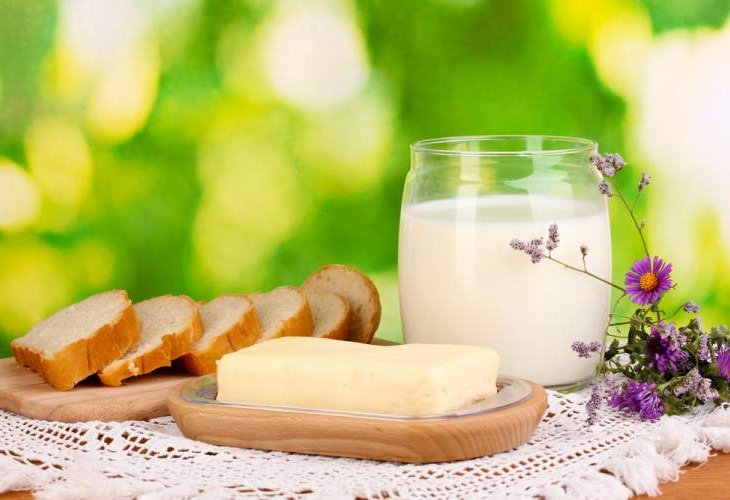Beginners Guide
The Kosher Kitchen: Best Practices for Keeping Meat & Dairy Apart
Can I eat leftover salad from a meaty lunch with a dairy supper? What about the french fries sold at the dairy restaurant - can I eat them with meat? And more...
 (Photo: shutterstock)
(Photo: shutterstock)Meat and milk may not be eaten together, but what about food items that were on the table while we were eating either meat or milk? Do they acquire the same status as the meat or dairy? Following is a concise but comprehensive guide to everyday situations.
Salads & Sides
If salads or side dishes were served at a meat meal, they may be eaten at a dairy meal only if people took from them using a clean serving spoon that was not used for anything else.
If anyone at the meal wasn’t careful about this, the salads and side dishes may not be eaten at a dairy meal.
The same applies in reverse for salads and sides served at a dairy meal which one may wish to eat later with meat.
However, even if a person was not particular to keep the salads or sides totally separate from the meat or dairy food, they do not usually acquire meat or dairy status unless they have obviously come into contact with meat or dairy food. Therefore, someone who only eats one of those salads or side dishes that was used at a meat meal does not "become fleishig" -- he does not have to wait six hours before eating dairy.
Bread
Slices of bread that were on the table during a meat meal should not be eaten at a dairy meal, and vice versa.
However, if a loaf of bread was placed on the table during a meat meal and slices were cut from it, the remaining portion of the loaf is not considered to have become meaty and one may use it at a dairy meal (and vice versa). This is because people are usually careful to keep a loaf of bread clear of the rest of the food on the table.
Drops of Milk in Sugar
Sometimes, a few drops of milk fall into a sugar bowl or container. As long as there is at least sixty times the amount of sugar as the few drops of milk, the sugar remains pareve.
Therefore, if you are within six hours of eating meat, you may still use this sugar in a cup of tea or coffee and so forth.
It is permitted to stir sugar into one's cup of tea or coffee with a dairy spoon, even within six hours of eating meat, and even if the spoon is a ben yomo (if it has been used with hot dairy in the last 24 hours).
Salt and Spices
If you use an open salt shaker (without a lid) at meals, it’s best to have one dedicated for meat and one for dairy. (This also applies to other condiments that are used during meals and are opened at some point, such as a bottle of ketchup.)
A closed salt shaker (with a lid with holes in it) can be used with both meat and dairy meals.
With regard to spices used in cooking, it is preferable to have a separate set for dairy and for meat.
Bechezkat Besari or Chalavi
Restaurants that are either meat or dairy usually also sell pareve products. Often, these are labeled "bechezkat besari" or "bechezkat chalavi" which means that they have come into contact with meat or dairy products.
In practice, what this means is that workers handling the food use the same tongs, serving spoons etc. to handle both meat/dairy and pareve food items.
This is incorrect practice and if possible, customers should alert them to this fact.
Meanwhile, if you buy, for instance, french fries from a meat restaurant where all the food sold is "bechezkat basari" (considered meaty), you may not eat those fries with dairy food.
However, you don't have to wait six hours after eating the fries to eat dairy.

